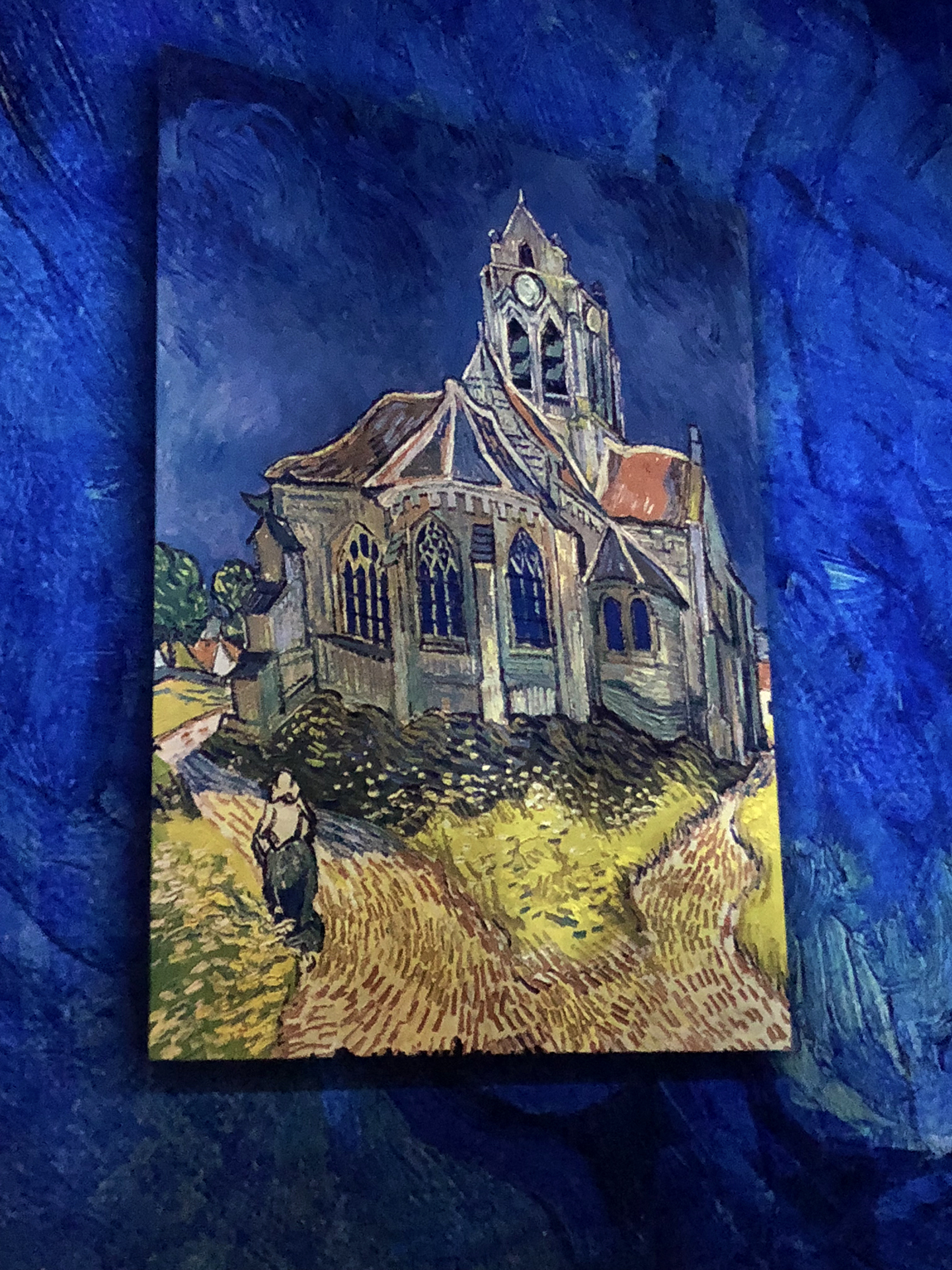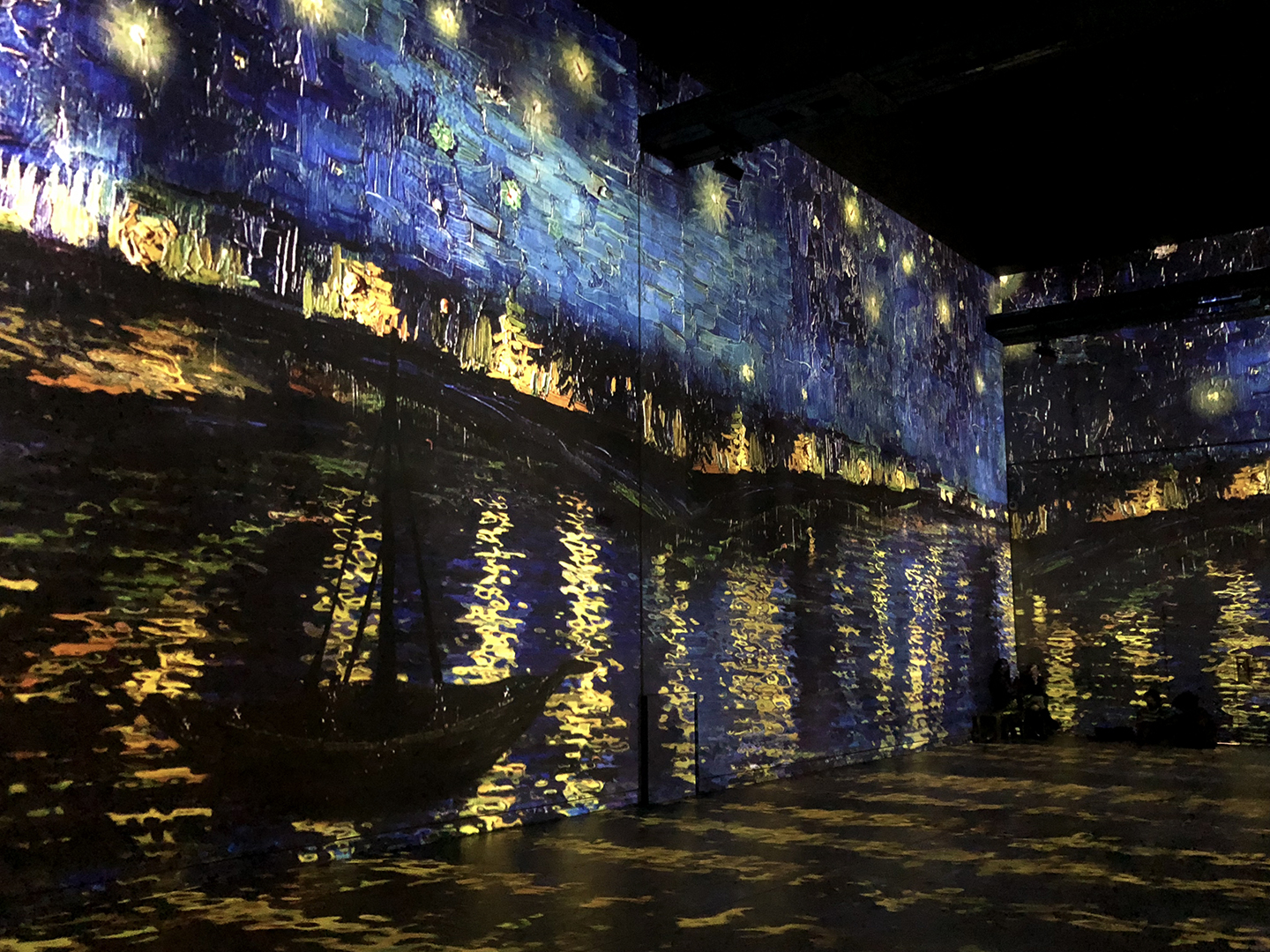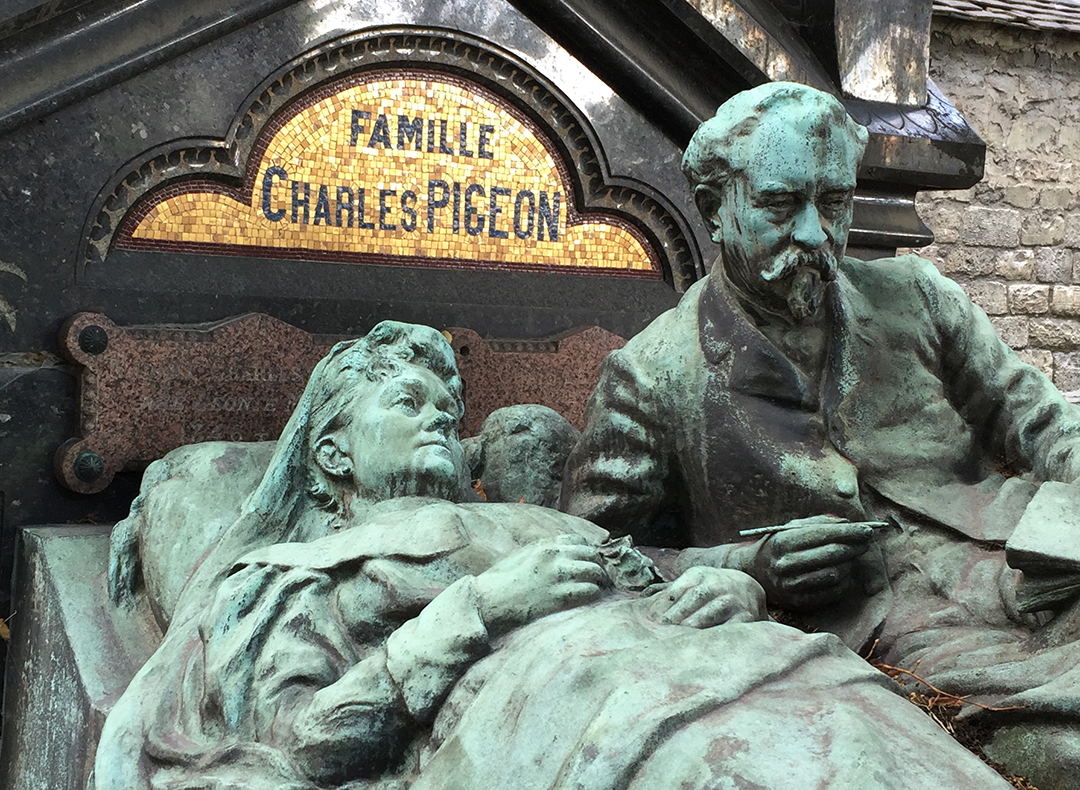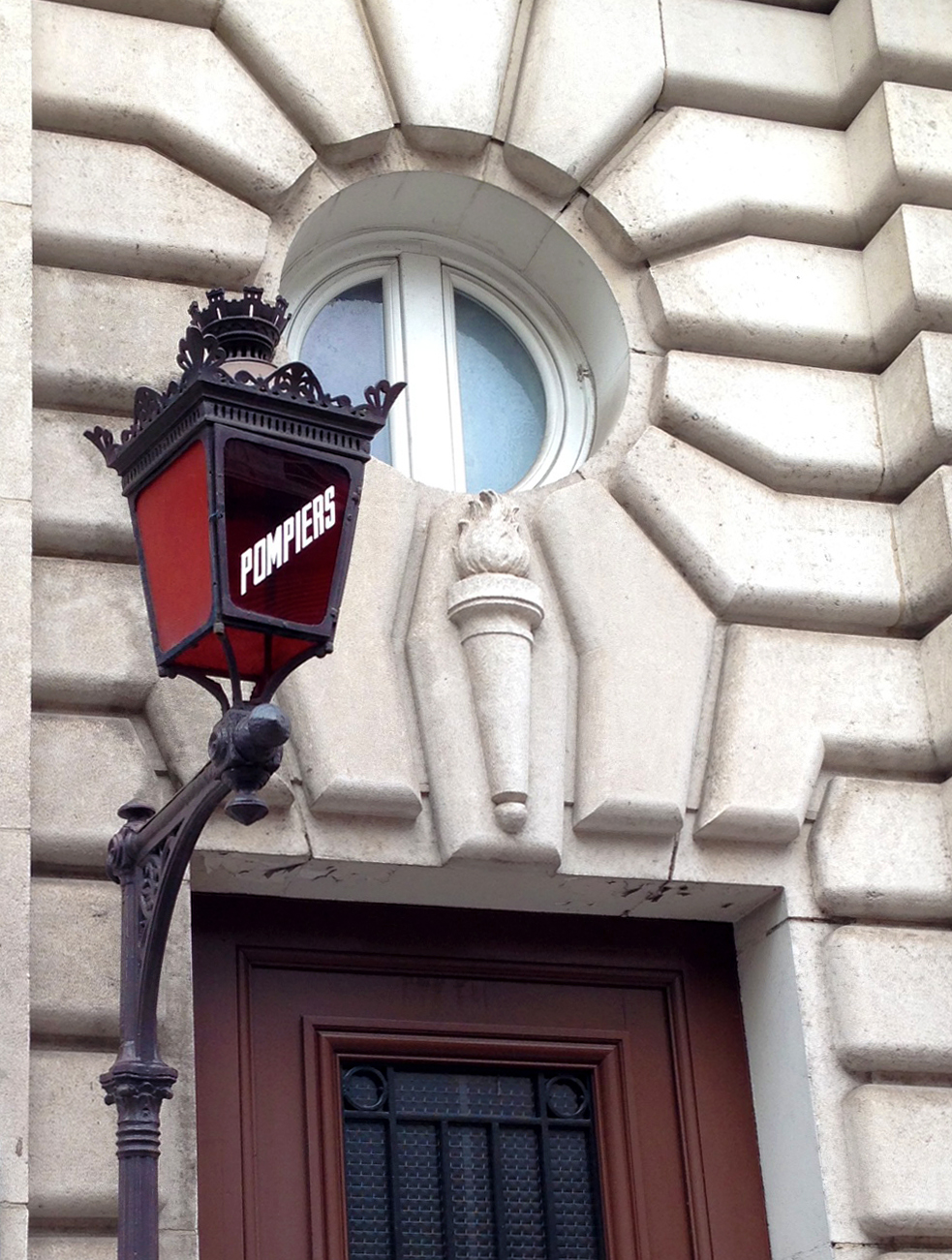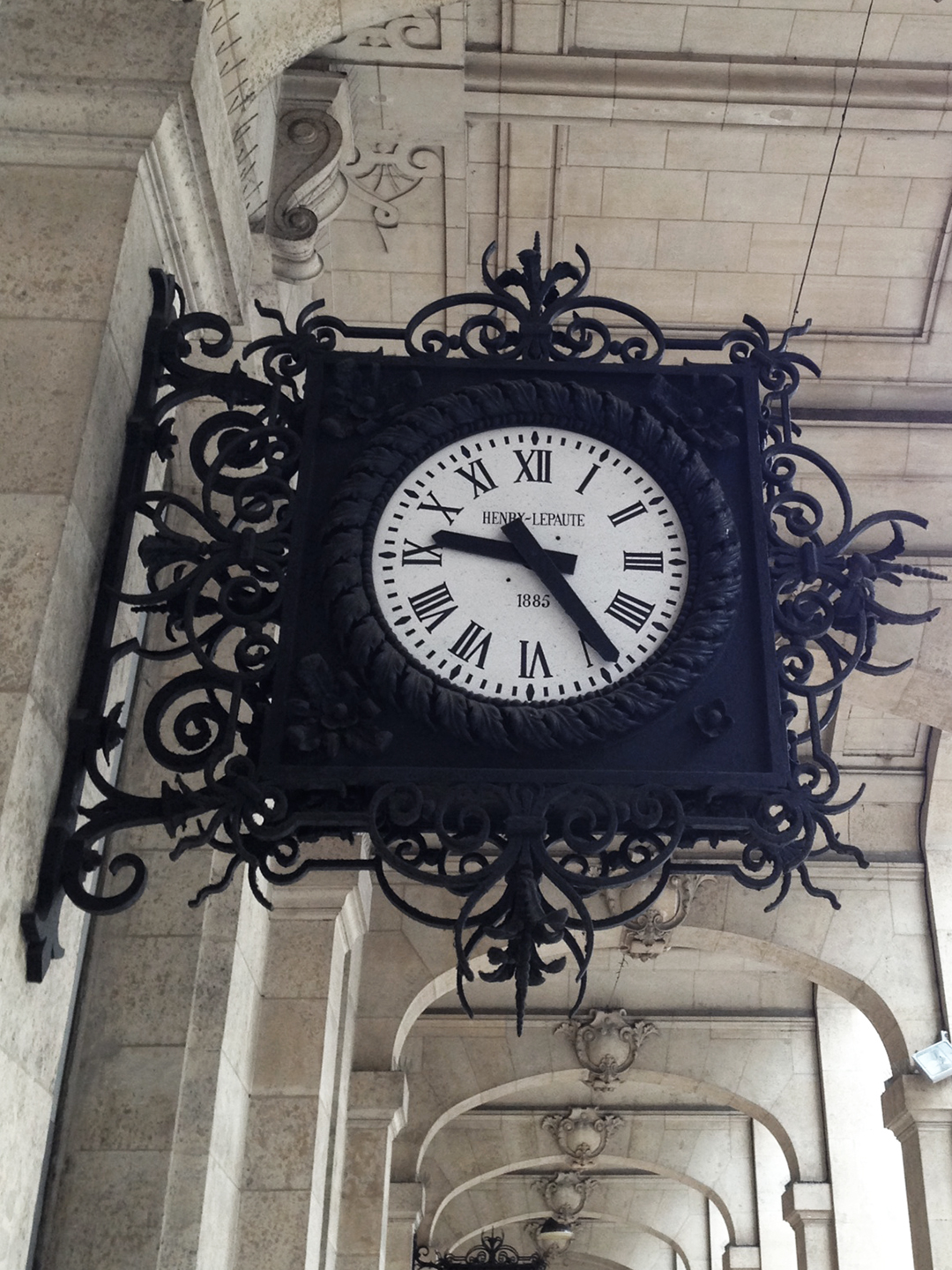My first encounter with Van Gogh goes back to my young philatelist days. I started collecting les timbres in the late 60s. My collection had no particular focus and my approach was opportunistic: find an envelope with a pretty image, cut out the top right corner, soak and remove the stamp, let dry. Of course, bigger was better and I was always on the lookout for large commemoratives. La Poste regularly issued stamps in their Série touristique and I was especially fond of them: those miniature gravures took me to Le Mont Saint-Michel, Carcassonne, and Bort-les-Orgues long before I was old enough to visit the actual locations on my own.
My second favorite category was fine arts. Not so much because I was enamored with paintings but because these stamps were always oversized and they just looked stunning in my red album. A couple of school friends were collectionneurs as well and we traded our duplicates. I got my first timbre artistique from Laurent: it was La Baigneuse by Dominique Ingres. Van Gogh didn’t enter my collection until 1979 when the Post Office issued L’Eglise d’Auvers sur Oise. What a shock! I had never seen such a luminous stamp. It simply popped from the album page and made all other paintings look bland.
A visit to the musée d’Orsay in 1988 was a revelation: twenty-four of his paintings, in one room, bathed in natural light. I was transfixed by the richness of his colors, the depth of his blues in particular. I stared at Starry Night, a painting so powerful that I felt pulled into the deep water of the Rhône river.
A trip to Arles in 2017 cemented my appreciation for his works. My friend Raegan and I walked in Vincent’s footsteps, searching for the exact locations that he painted during two of his most prolific years.
While in Paris last month, Rick and I made a point of booking tickets to “Van Gogh: La nuit étoilée” at L’Atelier des Lumières, an immersive experience that runs through December 2019. Located in the 11th arrondissement, it is situated on the site of the former Fonderie du Chemin-Vert, a factory that started casting metal in 1835. The location had not been occupied since 2000; Bruno Monnier came up with the project of converting the space into a center for numeric arts. The first show opened in 2018 and was devoted to Gustav Klimt.
To say that Van Gogh: La nuit étoilée is a projection of the artist’s works on the interior walls of a building is inadequate. This is very different from the vacation slide shows we all endured in our parents’ living room during the 70s! To produce the exhibit, thousands of tableaux –and some of Vincent’s letters to his brother Theo– were digitized at a very high resolution. The images are set in motion to complement an inspired musical score that includes classical and modern pieces from Vivaldi to Miles Davis, from Mozart to Nina Simone. More than one hundred video projectors are used to broadcast the program on the walls and the floor of the Atelier; it’s custom-made to take advantage of the various surfaces, the angles of the walls, and the roundness of the pillars.
Each visual and musical sequence truly immerse you into Van Gogh’s universe: ten chronological scenes illustrate his painting style and technique, showcase his favorite subjects, and transport the viewers to his famous locales: Montmartre, Arles, Saint-Remy, Auvers. The images dissolve into each other and seem to be animated. Yet, the sequencing is not too speedy: it’s still possible to appreciate the richness of a given painting –and its details– but on a much larger scale than in a museum viewing. The photos on this post don’t do justice to the exhibit: they are just meant to convey the ambition of the show and the feeling of the space. I found the whole installation to be truly spectacular, almost magical. Planning a trip to Paris this year? I highly recommend you make time for Van Gogh: La nuit étoilée and plunge into the deep blue waters of the Rhône river.
Here are a few useful tips if you decide to go to L’Atelier des Lumières.
• Besides Van Gogh, the current exhibit features two other immersions: Japon Rêvé (excellent) and Verse, which made me feel like I was witnessing the Big Bang or traveling in space. All three programs are shown successively in the main hall; the whole experience lasts one hour.
• This show runs through December 31, 2019. Admission is limited and you must book your ticket online. The online calendar shows available days and time slots.
• Time slots are on the half-hour: depending on your scheduling, the program (for you) might start either with Van Gogh or with Japan/Verse.
• I don’t know whether all time slots sell out but there might be fewer spectators during the lunch hour or at the tail end of the day. There are nocturnes on Friday and Saturday nights. Predictably, weekends sell out faster.
• The place didn’t feel crowded to me or, at least, the crowds didn’t interfere with my viewing pleasure. There is a sitting area in the mezzanine and some circular benches scattered in the room. Many people chose to sit or even lie down on the floor; some preferred to stand but were considerate not to do so in front of those who were sitting down. You can wander around but the projected images are seamlessly repeated in different areas: you will not be missing anything if you just stay put in a particular spot. I didn’t feel there was one bad seat in the house, just slightly different perspectives due to the various shapes of the surfaces.
• Non-flash photography is authorized but I would recommend that you just allow yourself to take in the whole experience and not be distracted. If you absolutely want to take photographs, my suggestion is to stay for a “second round” as the whole program repeats on the hour and you will not get kicked out if you stay for a second viewing.
• Save some time for the gift shop: the selection and the quality of the items are worthy of the top museums I’ve visited.
L’Atelier des Lumières
38 rue Saint Maur
75011 Paris
Vocabulary
Le timbre: stamp
La Poste: French post office
La Série touristique: touristique series
Le collectionneur: collector
Le timbre artistique: fine arts stamp
La Baigneuse: Female Nude, Bather
L’Eglise d’Auvers sur Oise: Church at Auvers
Le tableau: painting


